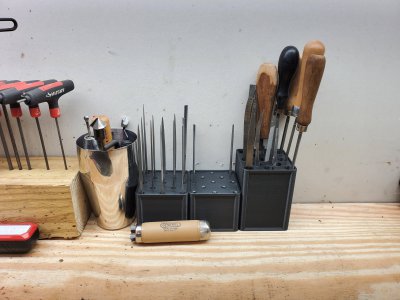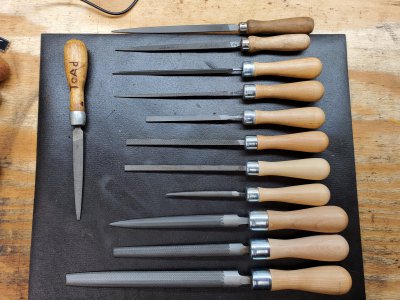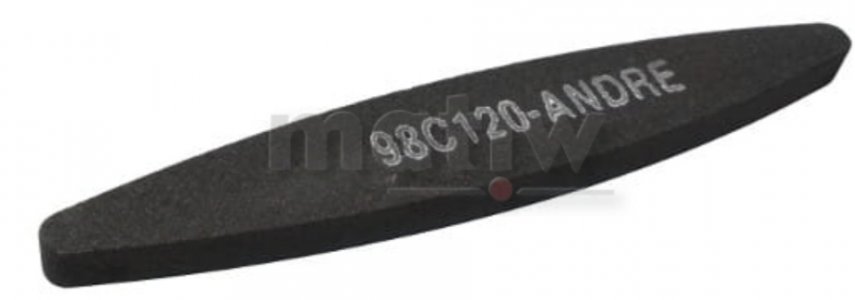- Joined
- Nov 25, 2015
- Messages
- 8,314
I have the opposite experience with deburring tools. I find a long straight is not hard, it's the short and beginning that are difficult.Regarding deburring. I have a one of those deburring tools mentioned. I'm not a huge fan of it. Sometimes it works well. Especially when deburring holes. Still a chamfering cutter in a cordless drill is much better. For long straight sections the deburring tool it is pretty bad. It either digs in, or it skates over the surface.
While squaring stock that will be machined further I deburr with a large flat file. When I'm doing a precision part, or I want it to look good I'll deburring with needle files, then I might stone the edges too.
I make sure I use the safety nub to control depth, and prevent dig in. I cannot get the typical deburring tool to work for an outside round or again a short piece of squared off stock. For those a file is my weapon of choice. And if I use a deburring tool on a larger piece, I go back and file the starting area, or try a triangle deburrer.





